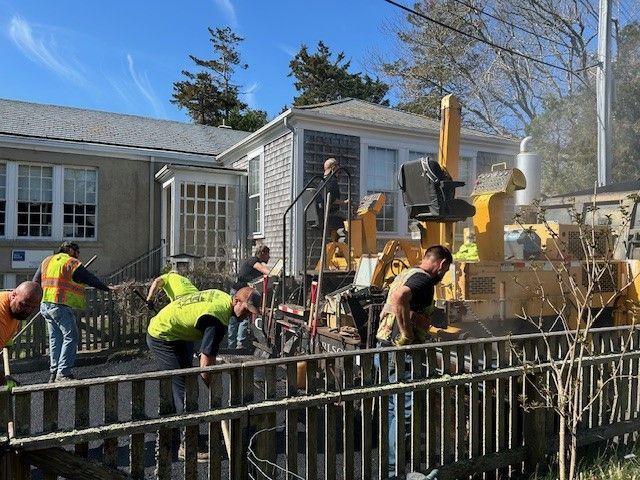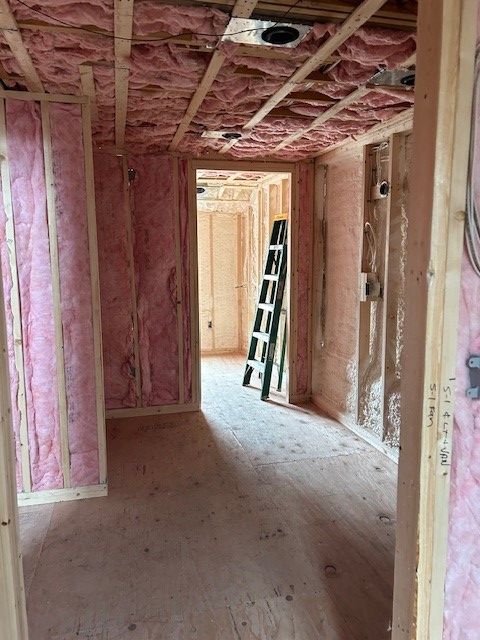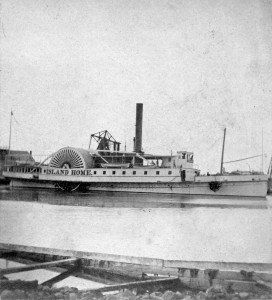In Celebration of Black History Month
Frankly, every month (read day) should be Black History Month and every month (read day, again) should be Women’s History Month. In my travels through island history, and particularly island women’s history, I have never ceased to be amazed by the remarkable people who have called Nantucket home. Maria Mitchell would want you to know about each and every person – likely saying they did more than she. One woman who has fallen through the cracks is Hannah Cook Boston. Many are familiar with the name Absalom Boston. Among many of Boston’s accomplishments, he was the well-known black captain of the all-black-crewed whaleship Industry, as well as a successful businessman, abolitionist, and one of the founders of the African Meetinghouse and School. Twice widowed, Boston married Hannah Cook in 1827 a woman with whom I would like you to be familiar. Born in Dartmouth, Massachusetts, in 1795, Hannah Cook Boston instantly became a mother to Absalom’s three children. Hannah was an equal partner in her marriage, just as all Nantucket women were. She became the mother of five children, helped with the creation and running of the African Meetinghouse, and supported her husband in his work with desegregation of the island schools. When Absalom died in 1855, he left Hannah a sizable estate. However, over a short time, the estate dwindled to almost nothing because of the economic downturn on the island due to many things, including the Great Fire of 1846, the demise of whaling, and the Gold Rush, which lured so many away from Nantucket.
Faced with having to find a means to support herself, Hannah looked for work outside the home. Unlike many other black island women however, Hannah did not become a domestic servant. Instead, she went to sea – following in the footsteps of her own family and her husband – by becoming the stewardess on the steamship Island Home, the first female steamship stewardess in fact. She was not serving a family, but working for the Nantucket Steamboat Company – taking care of its female passengers in the Ladies Cabin. Hannah passed away in 1857 after only a short time serving on board the steamer, but her taking this position encouraged other island women to follow suit, for several others were later employed as stewardesses on Nantucket steamships.
Now here is another thing, Maria Mitchell traveled on board the Island Home in 1857. She likely knew Hannah already but even more exciting to me is that Hannah likely was the stewardess during Maria Mitchell’s trip – the beginning of Maria’s trip to the southern United States and later Europe as a young lady’s chaperone. Now, how interesting is that?!
JNLF
Recent Posts


JOIN US
OPPORTUNITIES
CONNECT
Call Us: 508.228.9198
Email Us: info@mariamitchell.org



